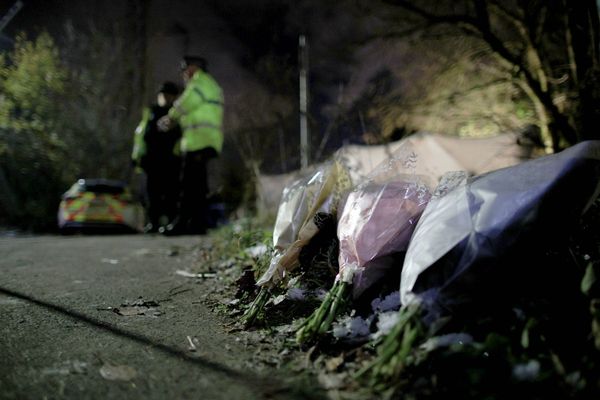Colleges would have to scrap preferences for legacy applicants and student athletes to improve racial diversity if the U.S. Supreme Court ends affirmative action in admissions, even if they consider other factors such as class, a new study found.
The share of Black and Latino students admitted to selective schools under an alternative admissions process that takes into account socioeconomic level, for example, would only exceed current levels if schools scrapped preferences for children of alumni and athletes, according to a Georgetown University study released Tuesday. Indigenous student populations would still suffer under most scenarios, the study found.
“Our results show what’s possible,” said Zack Mabel, report co-author and research professor at Georgetown’s Center on Education and the Workforce. “In order to achieve the types of diversity gains, both in terms of race and class that we were able to demonstrate really requires a fundamental redesign of the way that selective colleges are evaluating applicants and who they're considering for admissions.”
The use of race in college admissions is being challenged at the Supreme Court in two cases — one centered on Harvard and another on the University of North Carolina — and could scrap the decades-old precedents that maintain the rights of public and private universities to consider race in admissions to ensure campus diversity. The challenger, an interest group set up to abolish race-conscious admissions, argues that Asian Americans are discriminated against due to such policies.
The court’s conservative majority suggested in an October hearing that it saw affirmative action, which the court first upheld in 1978, as having run its course. The questions in that five-hour hearing cast doubt on policies supporters say are essential for ensuring diverse student bodies at the nation’s most selective institutions.
The Georgetown study looked at four different scenarios to try and measure the impact of the likely Supreme Court ruling striking down race-based consideration — ranging from models in which colleges only used academic merit to those that considered high school class rank and the socioeconomic status of the students. Due to data constraints, the analysis assumes the elimination of those legacy and preferential admissions — an unlikely outcome given schools’ financial reliance on them.
Indigenous students — those who are American Indian, Alaska Native, Native Hawaiian and Pacific Islander — make up just under 1% of high school students and about 0.3% of college students at selective colleges, the study found. Under many of the scenarios where race is no longer considered, they would drop to 0.1% of college students, the data showed. In some scenarios, Black and Hispanic students, who make up 5.9% and 14.1% of students at those colleges, could show slight improvements when legacy enrollments are dropped and socioeconomic status is added into consideration.
The gains could be even larger if schools attempted to diversify their applicant pools to better reflect the makeup of high school graduating classes. These include tactics like increasing recruitment or using direct admissions practices, akin to preapproving students before they even apply — also an improbable change.
Switching from race to socioeconomic status will be more expensive than the race-based approach, because while about two thirds of students selected based on race or ethnicity are also low-income, all of the students selected for their economic standing would need additional financial assistance to afford college, said Anthony Carnevale, lead author and Center for Education and the Workforce director. And even the socioeconomic approach may eventually face a legal challenge if opponents of affirmative action see it as skirting the anticipated Supreme Court ruling, he said.
In the end, the solution may turn out to be going back to the K-12 education system and working to ensure that under-represented students are graduating better prepared for college, which will take longer and be harder, Carnevale said.
“We may need a cradle to career approach,” he said. “Now we wait until the process is over, at the end of K-12, and then try to make a fix.”







